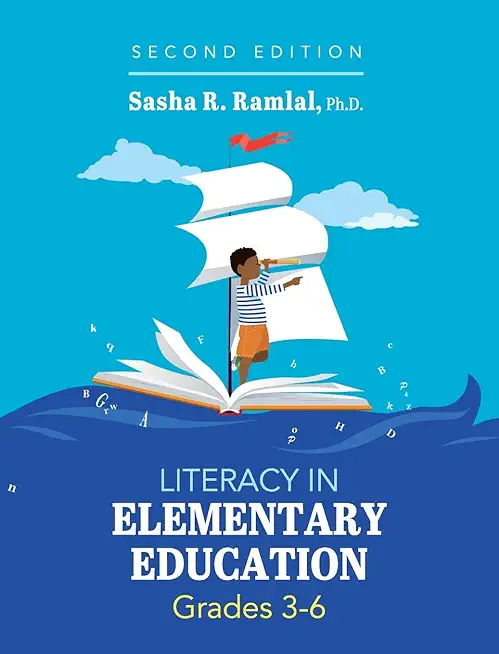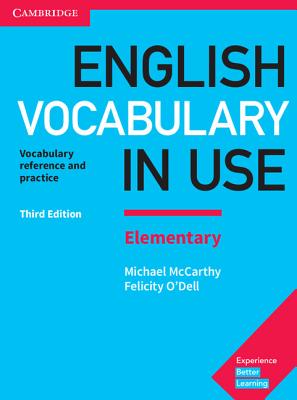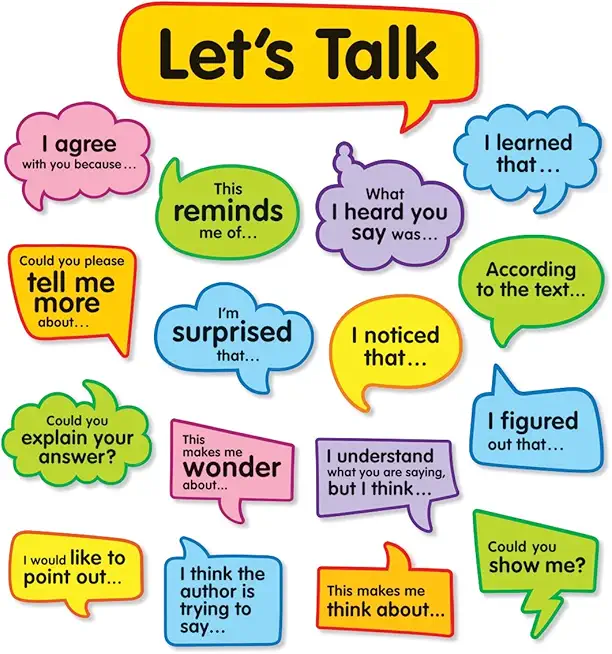
The book begins with an introduction to literacy, which reviews contemporary standards, speaks to literacy in modern classrooms, and shows that literacy is multimodal, critical, social, culturally relevant, and extends across the disciplines. Additional chapters address the connection between accuracy, fluency, and vocabulary and student comprehension; critical considerations for teaching reading as it relates to comprehension; and writing methods and how to implement them in an interdisciplinary manner. Closing chapters discuss embedding literacy within content areas such as science, social studies, or math, and establishing literacy assessments that support instructional design and student needs. Each chapter includes anecdotal notes from the author's teaching experiences, as well as literacy-related exercises, activities, and games that can be employed in the classroom.
The second edition includes a new chapter on student assessment and classroom management techniques, as well as new and expanded content on racial literacy, stages of reading and writing, teaching vocabulary, guided reading, and content area literacies.
Literacy in Elementary Education is an ideal supplementary text for courses and programs in elementary education. The text can also be used by practicing educators to enrich their curriculum and promote meaningful literacy learning.







